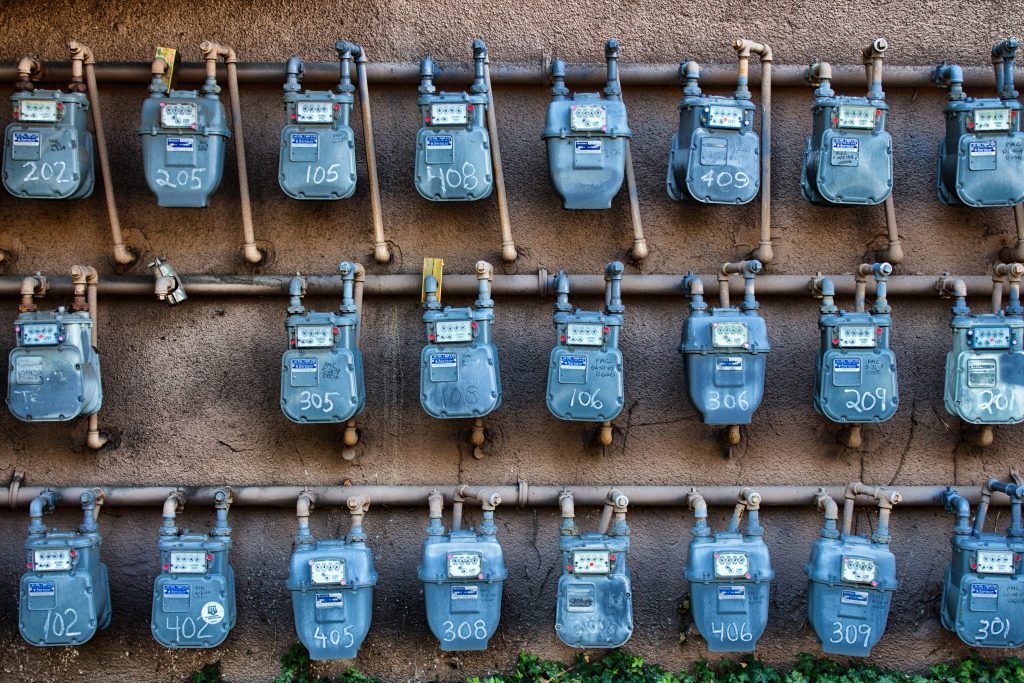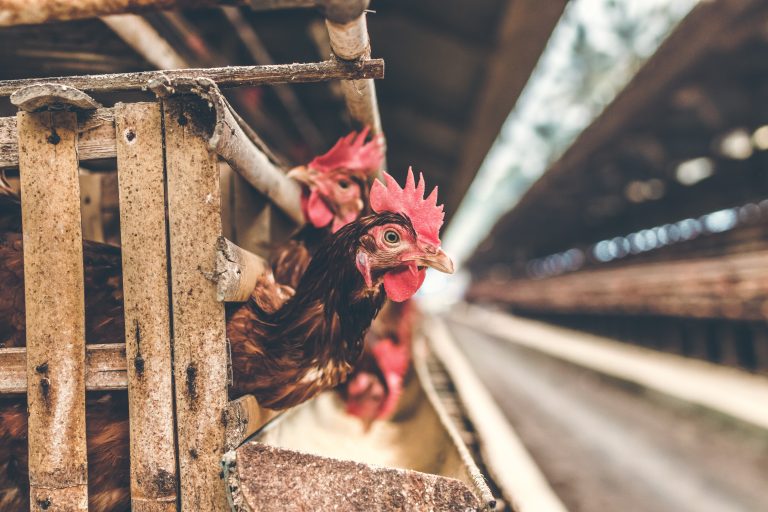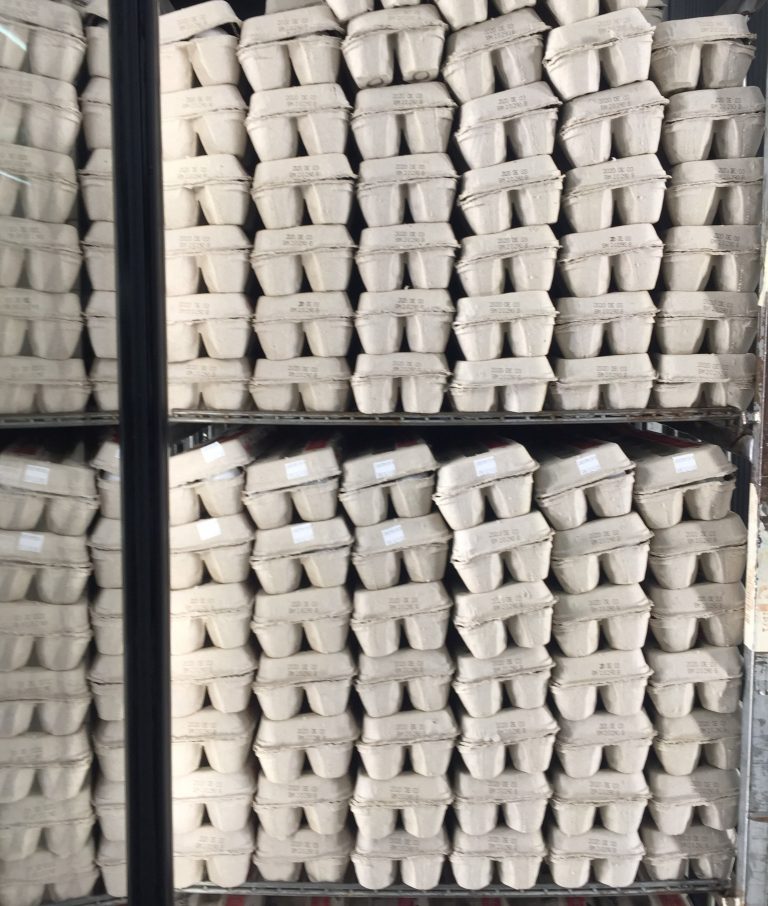Winter is Coming

In the face of rising energy costs, European countries are bracing themselves for a tough, cold winter. Energy costs as a share of GDP have doubled in many European countries. Residents have seen their energy bills soar, and are facing stark tradeoffs between paying their energy bills and other expenses such as food and rent. Many countries are seeking alternatives to gas heating systems, such as coal and wood-fired heater, and some are even considering burning trash. Demand for alternative energy sources has risen so much that wood-burning stoves have almost completely sold out, and some countries have seen a spike in theft of firewood. Governments are also seeking policy solutions, such as providing billions of dollars in subsidies, and placing limits on energy consumption. Spain, for example has placed limits on the temperatures its citizens can set their air conditioners, with a high heating temperature of 19℃ (66℉) and a low cooling temperature of 27℃ (81℉). Businesses are also suffering from the high energy prices and restrictions. Bars and restaurants fear they will lose business due to the heating and cooling restrictions. Also, many factories have begun furloughing workers and cutting production because they cannot afford the high energy prices. If this winter proves to be especially cold, it is likely to have a devastating ripple effect throughout the entire European and global economy.
Discussion Questions:
- Use a budget constraint model to show the impact of rising energy prices on a household that consumes two categories of goods, energy and everything else. How does this affect households’ real income?
- Use a supply and demand model to show the effects of rising energy prices on the equilibrium price and quantity of sweaters.
- Discuss the difference between the impacts of quotas (limits on energy consumption) and subsidies. Which policy is more desirable from a consumer’s perspective? Which is more efficient?
- Suppose a countries electricity production is currently at or near capacity. Would you describe the elasticity of supply to be elastic or inelastic? Explain your answer.
Sources| New York Times: ‘Crippling’ Energy Bills Force Europe’s Factories to Go Dark; Euro News: Heating restrictions leave Spanish bar owners cold; CNN Business: Price of war: UK and EU throw $500 billion at energy subsidies; The Washington Post: Coal stoves and wood thieves: Europe braces for winter without Russian gas; Finbold: Energy costs in Europe as a percentage of GDP double signaling a persistent headwind; Unsplash: Utility Meters













